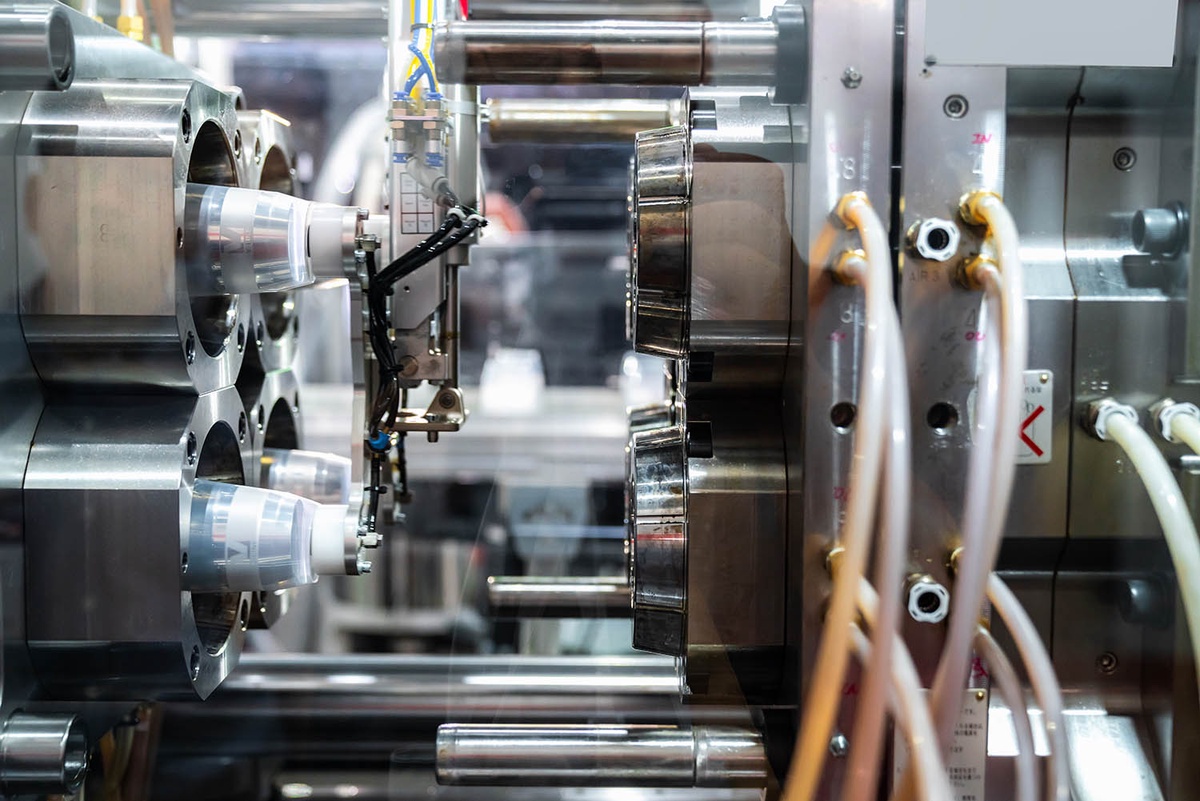In the ever-evolving landscape of manufacturing, plastic injection molding has emerged as a revolutionary technology that has significantly transformed the way products are designed, developed, and produced. This innovative process has become a cornerstone in various industries, providing cost-effective and efficient solutions for creating complex and intricate plastic components. In this article, we will explore the fascinating world of plastic injection molding, delving into its principles, applications, and the environmental impact of this manufacturing technique.
Understanding Plastic Injection Molding
Plastic injection molding is a manufacturing process that involves melting plastic pellets and injecting the molten material into a mold cavity. The mold, typically made of steel or aluminium, is customized to the specific shape and dimensions of the desired product. Once injected, the plastic cools and solidifies within the mold, taking on its final form. This process allows for the mass production of intricate and detailed plastic components with high precision.
The Key Components of Plastic Injection Mold
Central to the plastic injection molding process is the plastic injection mold itself. A plastic mold is a carefully crafted tool that determines the shape, size, and texture of the final product. It consists of two main parts: the cavity and the core. The cavity is the hollow space into which the molten plastic is injected, while the core forms the interior of the product.
Additionally, the mold may have other features such as slides, lifters, and cooling channels. Slides and lifters help create undercuts and intricate shapes, while cooling channels ensure uniform cooling and prevent warping or deformation of the molded part.
Applications of Plastic Injection Molding
The versatility of plastic injection molding makes it suitable for a wide range of industries and applications. From automotive components and medical devices to consumer electronics and household products, plastic injection molding is a go-to method for producing high-quality, consistent parts.
Automotive Industry: Plastic injection molding is widely used in the automotive sector for manufacturing interior and exterior components, such as dashboards, door panels, and bumpers. Its ability to produce complex shapes and durable parts makes it a preferred choice for automotive engineers.
Medical Devices: The medical industry relies on plastic injection molding to create precise and sterile components for medical devices. From syringe parts to intricate surgical instruments, the process ensures the production of high-quality, biocompatible materials.
Consumer Electronics: The sleek and intricate designs of consumer electronics are made possible through plastic injection molding. Components like phone casings, buttons, and connectors benefit from the precision and cost-effectiveness of this manufacturing method.
Packaging: Plastic injection molding plays a crucial role in the packaging industry, producing items such as bottle caps, containers, and closures. The process enables the creation of lightweight and durable packaging solutions.
Environmental Considerations
While plastic injection molding has revolutionized manufacturing processes, it is essential to address the environmental impact of plastic production and disposal. The use of traditional plastics, derived from fossil fuels, raises concerns about sustainability and ecological consequences. However, advancements in materials and recycling technologies are helping mitigate these issues.
Biodegradable Plastics: One solution to environmental concerns is the use of biodegradable plastics derived from renewable sources. These materials break down more easily in the environment, reducing the long-term impact of plastic waste.
Recycling: The recycling of plastic materials is a key strategy in minimizing the environmental footprint of plastic injection molding. Recycled plastics can be used in the production of new components, reducing the reliance on virgin materials and decreasing waste.
Eco-Friendly Processes: Manufacturers are continually exploring and adopting eco-friendly practices in plastic injection molding. This includes the use of energy-efficient machinery, waste reduction initiatives, and the implementation of sustainable production processes.
Future Trends and Innovations
As technology advances, so does the field of plastic injection molding. Several trends and innovations are shaping the future of this manufacturing process:
3D Printing in Mold Making: Additive manufacturing, specifically 3D printing, is being integrated into the creation of plastic injection molds. This allows for quicker prototyping and customization, reducing lead times and costs.
Smart Manufacturing: The adoption of Industry 4.0 principles in plastic injection molding involves the use of sensors and connectivity to create smart manufacturing systems. This facilitates real-time monitoring, predictive maintenance, and improved overall efficiency.
Bio-Based Polymers: The development of bio-based polymers, derived from renewable resources such as plants, is gaining traction. These materials offer an environmentally friendly alternative to traditional plastics.
Conclusion
Plastic mold has undoubtedly revolutionized the manufacturing landscape, providing a versatile and efficient solution for producing a wide range of plastic components. The key lies in responsible and sustainable practices to address environmental concerns associated with plastic production. As technology continues to advance, the future of plastic injection molding holds exciting possibilities, with innovations that prioritize efficiency, customization, and environmental responsibility. This manufacturing method will undoubtedly remain at the forefront of industrial processes, shaping the products of tomorrow.


No comments yet